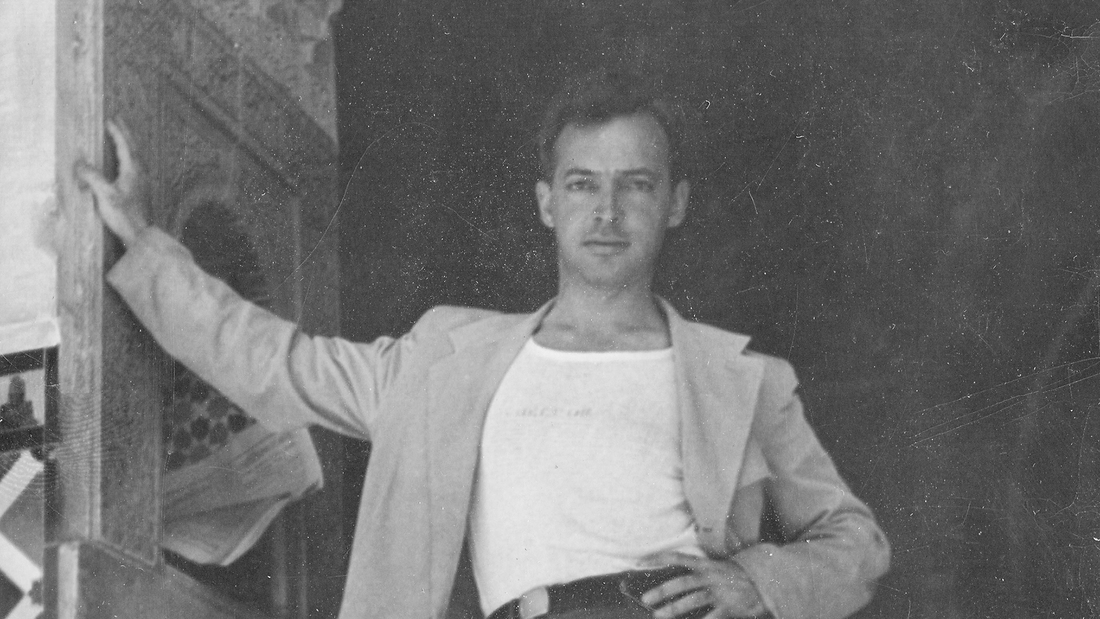
Young Saul Bellow
*
Español
September 22, 2024
by Philip Gambone
"It is likely that I will go to Mexico in spring," a tenderfoot writer named Saul Bellow wrote to his friend and fellow-socialist Oscar Tarcov sometime in the winter of 1940. The 24-year-old Bellow had almost finished his first (now lost) novel, Ruben Whitfeld. "I don't think it's as good a book as I can write," he said. "I want to abandon it. But I am going to finish it."
The idea of "finishing it," he went on to lament, was present not only in the novel, but also in his marriage to his first wife, Anita Goshkin. It was not going well. Adding to his woes was the fact that the Trotskyist socialist movement, which he had supported since college, was collapsing in factional fighting. "It's a goddam crime that at the time that the war is on us the only revolutionary party in the country falls to pieces." Although Bellow contemplated dropping out of the party, he did not do so immediately. "I am waiting (and plenty of others are also) to see what happens at the [Socialist Workers Party] convention."
The anticipated trip to Mexico finally took place the following summer. With $500 from his deceased mother's insurance policy, Bellow and Anita traveled by bus, taking a circuitous route from Chicago, where the aspiring writer was teaching a modern literature course at a teacher's college, to New York and then on to New Orleans. His mood was "investigative," he recalled decades later. Weary of Chicago, Bellow was looking for "barbarism, color, glamour, and risk." Essentially this boiled down to freedom from family bonds and from his Jewish immigrant identity. "Everybody has their own pattern for liberation, and my own liberation took the form of an escape from anxiety…. I never gave a thought to what would happen after my money had run out."
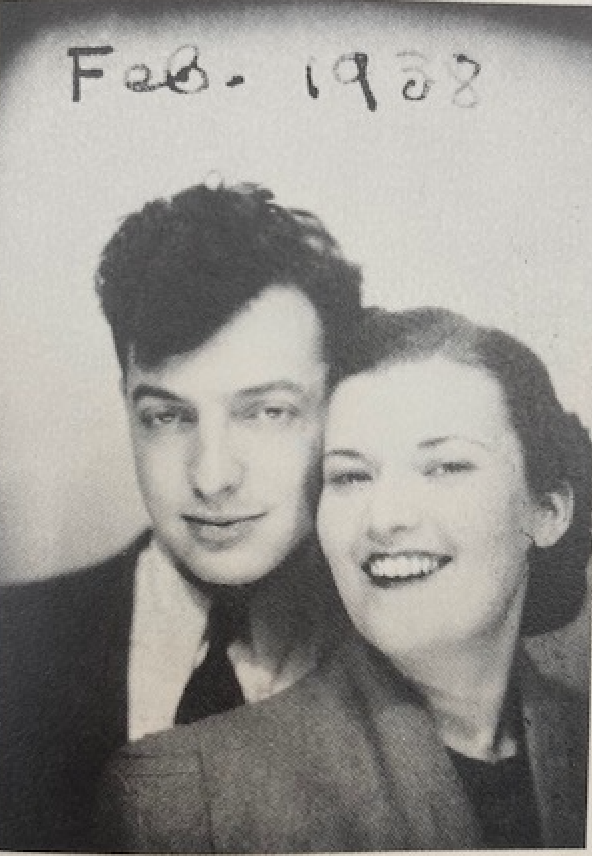
Bellow and his first wife, Anita (1938)
*
On the bus trip south, Bellow read D.H. Lawrence's Mornings in Mexico, which moved him with its "celebration of the cleansing primitivism of Mexican culture, its instinctual, nihilistic sensuality," writes James Atlas in his biography of Bellow. The couple arrived in Mexico City on June 24, 1940. After a short stay in a hotel which they discovered was frequented by prostitutes, Bellow and Anita headed off to Cuernavaca, Pátzcuaro, and eventually Taxco, where they and another couple rented a villa overlooking the town.
Taxco, renamed Acatla, became the setting for another novel that Bellow worked on—"groping," he said—about an interracial American couple who are turned out of a hotel there. It's an early example of Bellow's preoccupation with racial justice. And another novel that went nowhere.

Pátzcuaro, ca. 1940
*
Late in their stay in Mexico, Bellow, who during his college years had co-organized a cell of the Trotskyite Youth Group, got a chance to meet his hero. The Soviet Union's first commissar of foreign affairs, Trotsky had fallen from Stalin's favor and was now living in exile in Mexico City. On August 20, 1940, he was attacked by a Stalinist agent sent to assassinate him. He died the following day. This was either the day or the day after Bellow was scheduled to "have some conversation" with the man. (Accounts differ.) "When we went to the villa, we must have been taken for foreign journalists," Bellow wrote years later, "and we were directed to the hospital." When he arrived, Trotsky had just died. Bellow remembered seeing the body, his head wrapped in bloody bandages, his white beard "full of blood."
The assassination became the germ of a short story, "The Mexican General," published in Partisan Review (May-June, 1942). The story revolves around a Mexican General— el Jefe, he's called in the story—who has come to Pátzcuaro accompanied by his bodyguards and three female companions, whom he passes off as his nieces. The general, who has been "building a great career for himself since his youth," is in search of a little rest in the aftermath of the horrific assassination in Mexico City of an unnamed person, simply referred to as el viejo or "the old russo" (but clearly Trotsky). The strain of laying wreaths and attending to the murdered man's widow, of "making so many statements and posing for so many photographs" has left him fatigued and shaken.
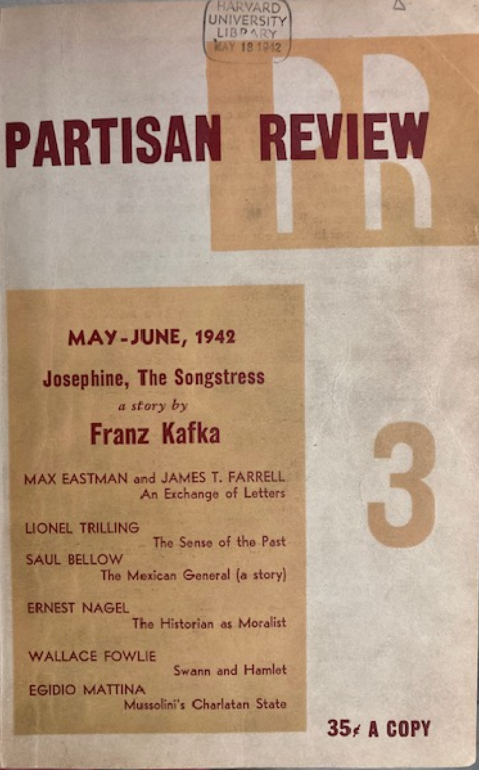
The General meticulously calculates his public persona: "nothing like joviality was to be seen in his long, austere face." He must sacrifice any expression of individuality and replace it with adherence to ideological purity. As the two bodyguards discuss why the General is so brusque with them, one of them observes, "He does it as befits historical figures. He's very history-conscious. I might go so far as to call him a history-ridden man—in a very egotistical fashion."
Bellow portrays el Jefe has a mediocre man, someone who "chooses just about the right thing to say without understanding the slightest bit," notes Cabrón, one of the two bodyguards. Cabrón recognizes the General's lack of fitness for greatness and worse, his failure to even suspect that he might have faults. El Jefe is merely a hero in his own eyes, a man who never wakes up to the reality of his own vanity, pretension, and ordinariness.
Bellow had just turned 27 when he published "The Mexican General," but it already displays some of his quintessential hallmarks—keen observation of detail, deft narrative technique, an interest in how great events in history impinge upon our personal lives. "Recognizable Bellow," writes Ruth Miller, Bellow's first biographer—"his rendering of the dilemma of the small man who would be part of great events yet knows he can never make any real difference … a flunky who is aware and understands but can do little more than watch the progress of the world from the sidelines." Historian Bertram D. Wolfe thought "The Mexican General" one of the finest stories about Mexico that he had ever seen by an American writer. Bellow's conclusion: "I thought I could do better."
After attending Trotsky's funeral, Bellow and his wife returned to Acapulco, for some R & R—swimming, sunbathing, watching boys dive from the cliffs. At the end of the summer, they drove back to Chicago in the Ford owned by their friend Cora Passin, who "fearlessly negotiated the mountain roads on the journey home," according to another Bellow biographer, Zachary Leader.
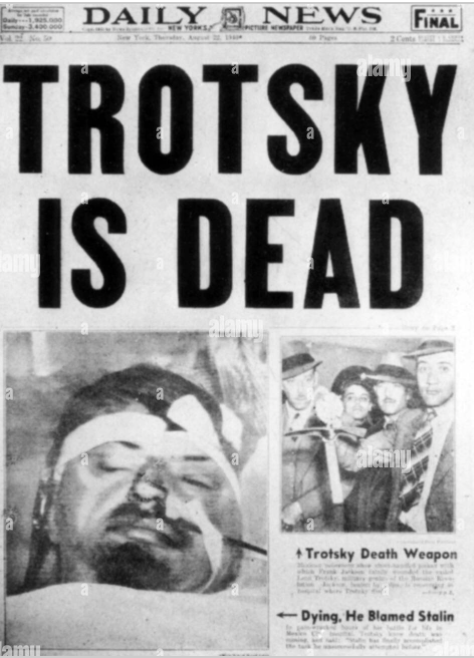
Bellow returned to the Trotsky material in his 1953 novel, The Adventures of Augie March. It's that novel, with its long interlude set in Mexico—the novel that finally secured Bellow his place in the pantheon of U.S. writers—that I'll turn to in my next piece for Lokkal.
**************
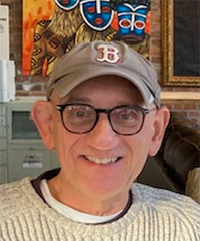
Philip Gambone, a retired high school English teacher, also taught creative and expository writing at Harvard for twenty-eight years. He is the author of five books, most recently As Far As I Can Tell: Finding My Father in World War II, which was named one of the Best Books of 2020 by the Boston Globe. His new collection of short stories, Zigzag, is coming out in mid-October.
**************
*****
Please contribute to Lokkal,
SMA's online collective:
 ***
***
Discover Lokkal:
Watch the two-minute video below.
Then, just below that, scroll down SMA's Community Wall.
Mission

Visit SMA's Social Network
Contact / Contactar

